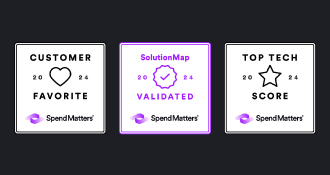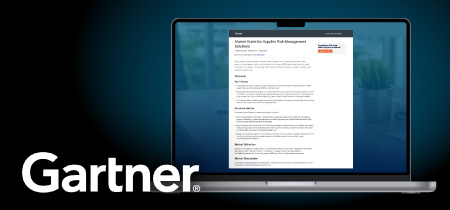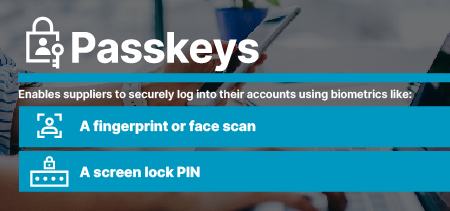Protect your company’s reputation and revenue from the first time you engage with a supplier and throughout the supplier lifecycle.
-
Platform
-
The apex Neural Engine
Your P2P expert that knows everything, guides human behavior and takes immediate action on your behalf.
-
Partners
Strength in unity. There are no problems we cannot solve, together.
-
The apex Neural Engine
-
Solutions
Our purpose-built and configurable platform brings together everything your company needs to optimize your supply base.
-
Resources
Explore e-books, white papers, customer-led webinars and more.
- Company
-
Icon Conference
Icon is an exclusive conference attended by leaders of best-in-class, global financial shared services, accounts payable, procurement, post-audit and supplier governance, and risk and compliance organizations.
-
Icon Americas 2024
April 21-23, 2024
-
Icon EMEA Summit 2024
7 March 2024
-
Icon Americas 2024







